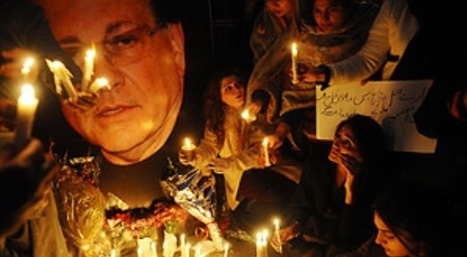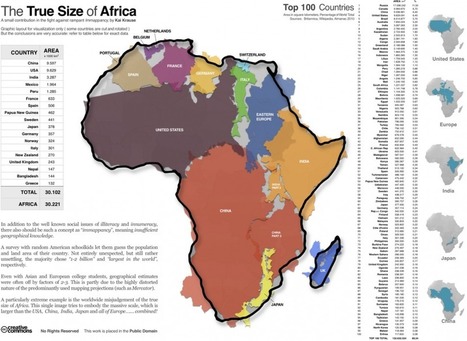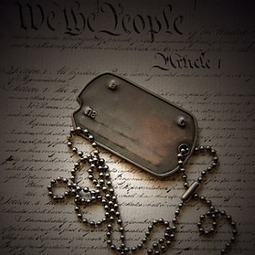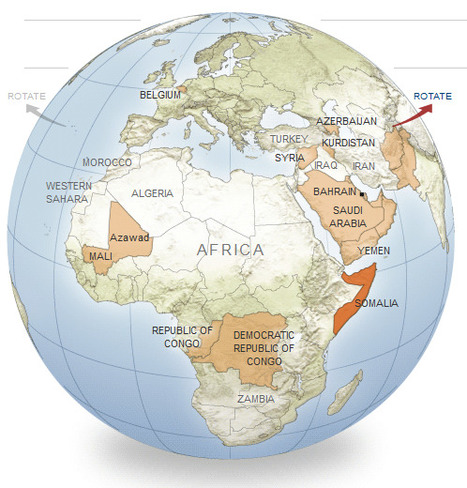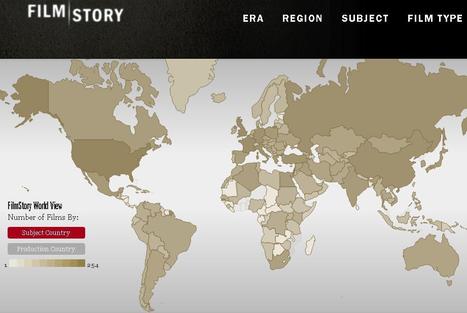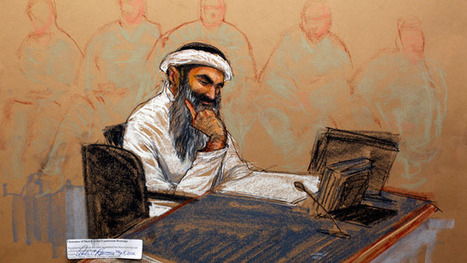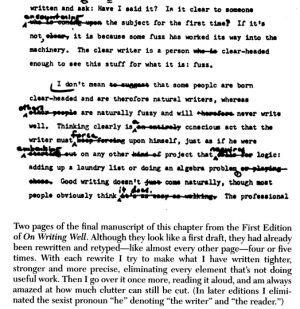 Your new post is loading...
 Your new post is loading...
"A documentary-drama set in Pakistan about the assassination of the Governor of Punjab over his stance on the blasphemy laws. On 4 January 2011, self-made millionaire businessman and Governor of Punjab Salmaan Taseer, was gunned down in a parking lot of a popular Islamabad market. He had been leading a campaign to amend Pakistan's blasphemy laws, after an illiterate 45-year-old Christian woman Asia Bibi, from a village in his district had been sentenced to death for blasphemy. Within hours of his death, a Facebook fan page for the assassin Mumtaz Qadri had over 2000 members, before site administrators shut it down. When Qadri was transferred to jail, he was garlanded with roses by a crowd of lawyers offering to take on his case for free. President Asif Ali Zardari, an old friend of Taseer's, didn't go to the funeral for fear of inflaming public opinion. Leaders of state-funded mosques refused to say funeral prayers for the slain governor. Owen Bennett-Jones speaks to Taseer's family and friends, and the family of the assassin." The programme includes both interview material and dramatic reconstructions.
Poor students have long trailed affluent peers in school performance, but from grade-school tests to college completion, the gaps are growing.
"A school year with a presidential election is like a perfect storm for a social studies teacher. It’s a rare opportunity to teach around a topic that happens to be the focus of the entire nation. While teaching resources abound, the following are my picks for the best content to help you make the most of this teachable moment and get students engaged in the political process. 'The Living Room Candidate' is one of my [Eric Langhorst] favorite sites to help teach the campaign process. Here you can share with students presidential TV campaign ads from 1952 through the current 2012 election. Want to see how candidates have created ads based on the topic of taxes or war through the years? The search tool allows you to filter results by type of ad and general subject. Students can try their hand at creating their own ads using Living Room’s robust online video editing tool, which includes existing clips."
"In Nahla Zaidan school, young children stand tall in blue uniforms, orange scarves knotted carefully, singing their national anthem with as loud a voice as they can muster.
Even the youngest know most of it by heart, saluting as best they can as they sing praise to an army that keeps them safe.
In this heavily protected central neighbourhood of Mezzeh, it is not just a song. In Syria, it is back to school at a time of war.
The United Nation's Children's Fund, using government figures, estimates that about 10% of schools across Syria are shut - 2,000 damaged or destroyed, and 607 used by displaced persons.
This school in Mezzeh took in 100 new students this term who came from areas where schools did not open, or parents felt it was not safe enough."
In a conversation with James Estrin, Mickey H. Osterreicher, a lawyer for the National Press Photographers Association, discusses a troubling trend of arrests for photography in public spaces.
A list of apps structured around specific classroom goals ...
Via David Miller
"Give the talented Alex Chadwick 12 minutes, and he’ll give you A Brief History of Rock ‘n’ Roll, with each defining moment represented by a famous guitar riff. Our journey starts in 1953, with “Mr. Sandman” by Chet Atkins. Pretty soon, and quite seamlessly, we get to The Beatles and The Rolling Stones, Hendrix and Led Zeppelin, Queen and The Ramones, and eventually some more contemporary pairings – Green Day and White Stripes. The video is sponsored by the Chicago Music Exchange, a store specializing in vintage gear, like the $32,995 1958 Fender Strat played in the clip. A full list of riffs appears below the jump."
"Online maps that we use for directions use the Mercator projection, and this tends to dictate how we perceive the size of countries and continents. If you look at the world map on Google, for example, Africa doesn't look that much bigger compared to China or the United States. In reality though, it's a lot bigger. Kai Krause scales countries by their area in square kilometers and then fits them into a Africa's borders for some perspective."
Via Mark Richardson
"What really brings history alive is when you can interact with it – when you can see it, feel it and touch it at places like museums and at historic monuments. However, many of us are tied to a computer three quarters of every day, and it’s hard to break loose to get out there and interact with history very often. There is some hope for you busy history-buffs though. In this article I’m going to share 6 really cool interactive websites that bring American history alive in ways that never would have been possible on the Internet a decade ago."
In her work with UCLA's Graduate School of Education, Rebecca Alber assists teachers and schools in meeting students' academic needs through best practices. Alber also instructs online teacher-education courses for Stanford University.
"Twenty Tips for Creating a Safe Learning Environment
I visit a lot of classrooms. And I'm always fascinated by the variety of ways teachers launch the new school year and also with how they "run their rooms" on a daily basis. From these visits and my own experiences as an instructor, I'd like to offer my top 20 suggestions for keeping your classroom a safe, open, and inviting place to learn."
The Myitsone dam is raising the prospect of something unusual in Myanmar — that public outrage might force the government to reconsider its plans.
|
Forty-two memorable front pages from the past year, picked by editors on the news desk who oversee the content, design and production of Page 1.
The people clearly told the president: We think you’re trying. Now try even harder.
An interactive series of maps show possible new additions to the world’s list of independent nations.
This is great way to show examples of devolution and political instability. Included are 11 potential scenarios where further fragmentation/disintegration might occur or even greater regional integration that would redraw the map. These case studies include: Somalia, Korea, Azerbaijan, Belgium and the Arabian Gulf Union.
Tags: political, devolution, supranationalism, war, autonomy, unit 4 political.
Plagiarism is a serious offense. These 10 online services help you check students' text, or avoid getting into academic hot water yourself.
Via Judy O'Connell
A long history of social extremism makes Paul Ryan an emblem of the Republican tack to the far right.
The First interactive resource that lets you explore the complex relationship between history and film...
Via Informatics
"Background/Context: While much has been written about the history of immigration and naturalization in the United States, few scholars have looked at the history of citizenship education and testing. The small body of literature on the subject has primarily focused on World War I-era Americanization efforts and, as such, has excluded later periods. Further, while it has looked at citizenship education programs, it has usually done so without considering the context of the high stakes exam that immigrants must pass in order to become citizens.
Purpose/Objective/Research Question/Focus of Study: Each year, tens of thousands of would-be American citizens set out to conquer the U.S. citizenship test. To do so, they must be prepared to answer 10 fact-oriented questions about American government, history, and geography selected by a naturalization examiner from a master list of 100. A score of six correct answers earns citizenship. Consequently, aspiring citizens memorize the number of Amendments to the Constitution, the branches of government, the names of three of the original American colonies, and the location of the Statue of Liberty. Most immigrants pass.
This article seeks to understand the roots of the memory test that currently serves as America’s gauge of fitness for citizenship. In looking back over 100 years of history, it seeks to explore how a once highly pluralistic approach to education and an anxiety-producing system of testing conducted by naturalization courts became what we know today. By asking how we got here, it also implicitly asks whether we want to maintain this status quo or seek out change."
"Why it's important to face the truth about U.S. torture tactics as we honor Americans in uniform."
"This summer, it’s believed that the United States Senate’s intelligence committee finally will release a report on 'enhanced interrogation techniques,' that euphemistic phrase for what any reasonable person not employed by the government would call torture. The report has been three years in the making, with investigators examining millions of classified documents. The news service Reuters says the report will conclude that techniques such as waterboarding and sleep deprivation do not yield worthwhile intelligence information.
So here we are, into our eleventh year after 9/11, still at war in Afghanistan, still at war with terrorists, still at war with our collective conscience as we grapple with how to protect our country from attack without violating the basic values of civilization — the rule of law, striving to achieve our aims without corrupting them, and restraint in the use of power over others, especially when exercised in secret.
In future days and years, how will we come to cope with the reality of what we have done in the name of security? Many other societies do seem to try harder than we do to come to terms with horrendous behavior commissioned or condoned by a government. Beginning in 1996, in South Africa, the Truth and Reconciliation Commission held hearings at which whites and blacks struggled to confront the cruelty inflicted on human beings during apartheid.
And perhaps you caught something said the other day by the president of Brazil, Dilma Roussef. During the early 70′s, she was held in prison and tortured repeatedly by the military dictators who ruled her country for nearly 25 years. The state of Rio de Janeiro has announced it will officially apologize to her. Earlier, when she swore in members of a commission investigating the dictatorship, President Roussef said: 'We are not moved by revenge, hate or a desire to rewrite history. The need to know the full truth is what moves us.'
In other words, 'You shall know the truth and the truth shall make you free.'"
"Stephen Lazar describes how teachers can impart both critical thinking skills and cultural literacy through the use of historical documents and strategic questioning.
One of the great challenges of teaching high school history is negotiating two competing charges.
We must equip students with a degree of cultural literacy by exposing them to America's past and humanity's shared heritage. In states like New York and Virginia (where I have spent my teaching career), students must be able to demonstrate this content knowledge when they take high-stakes history exams.
But we must also ensure that our high school students gain the skills and knowledge necessary to be critical thinkers and citizens in our democracy. Our world is saturated with media, and students need to learn how to evaluate the information they encounter, based on where it comes from, who is producing it and when, its use of evidence, and its intended audience.
I have found that teaching history through inquiry provides a model to serve both these masters, simultaneously. Here are some tips on how to do that:"
INDEPENDENCE, KENTUCKY - Eighth-graders in the Kenton County School District's gifted and talented program are getting an extra history lesson this week - and they're learning it through the arts.
Students from all four of the district's middle schools in Project ASCENT (Accepting Stimulating Challenges Experiencing New Techniques) and ASCENT Arts are attending a new, interactive workshop, "Early American Journey to Kentucky."
Below, I have embedded the third take of a video I'm trying to make that shows, as the title explains, how to use Google Earth to help students empathize with the news. If you use Google Earth a ...
|



 Your new post is loading...
Your new post is loading...

